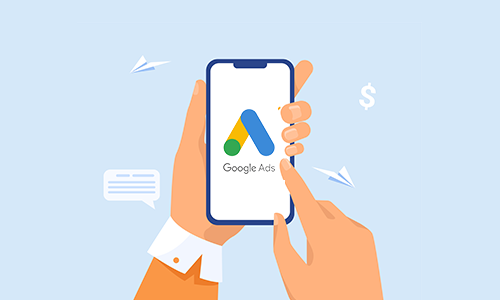Google announced the launch of Dynamic Exclusion Lists on April 15th, a new safety feature that will make it easier for advertisers to protect their ads from running alongside content that does not align with their brand or campaign. When irrelevant sites are excluded from your buyer persona, there is better optimization fruit. Also, there’s no sense spending any budget putting ads there.
Google explains dynamic exclusion list, “Advertisers can schedule automatic updates as new web pages or domains are added, ensuring that their exclusion lists remain effective and up-to-date, once they upload a dynamic exclusion list to their Google Ads account”. Like existing Google ad controls, dynamic exclusion lists allow advertisers to exclude specific websites, content or entire topics from their advertising campaigns.
Placement exclusion list serves 2 purposes:
- Avoiding Industry Mismatch: When you run an ad campaign, you might not want your product ads to appear with marital aids, kids websites, and alcohol, because what you sell doesn’t really have anything to do with those things. Also, you don’t need your product or service associated with every industry served by Google Display Network.
- Filtering out users with no purchase intent: You don’t need to spend money on ads displayed to people who you know won’t be potential customers. It is highly unlikely that a kid playing games on a website directed at children is interested in your industrial manufacturing software.
Exclusion Lists, but Dynamic
Updating the exclusion lists ensures excluding certain websites or even entire domains. The ad manager notices that an ad is displaying on a new website, checks the content displayed on the website, deems it off-target, and then adds a new site to the list. Ad managers can now implement functionally identical exclusion lists that are created and kept up to date by somebody else. This is potentially a boon to smaller organizations that do not have the time or resources to manage their own exclusion lists effectively.
Why Should I Use Somebody Else’s Exclusion List Into My Ads?
Nobody really can be up-to-date and trend savvy on everything happening on the internet. The crowdsourced nature of a public exclusion list can be extremely useful. For example – The ubiquity of Wikipedia’s self-correcting ecosystem of information.
Advocacy organizations and industry associations have made it to the top of their websites. For example, promoting political opinions you don’t want to associate with your brand. These trusted third parties can do the hard work of identifying those troubling websites so that you can easily keep your ads away from them.
Why is Google Introducing Dynamic Exclusion Lists for Advertisers?
To simplify the existing process, Google’s dynamic exclusion lists illustrate to advertisers that Google is committed to evolving its brand safety measures. Where an ad appears has become more important than ever to advertisers, as they understand that consumers often assume an ad placed next to something is an endorsement of that content. Many platforms like Facebook, YouTube and Pinterest have recently introduced brand safety measures.













